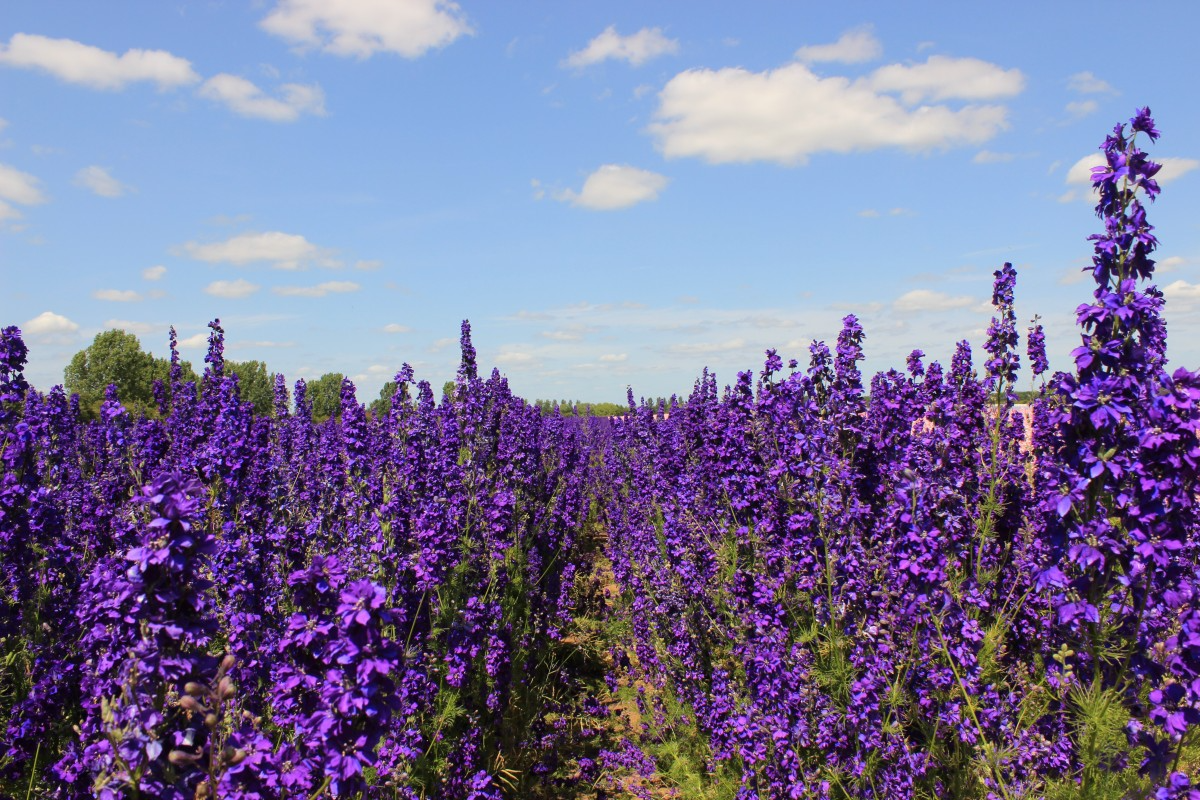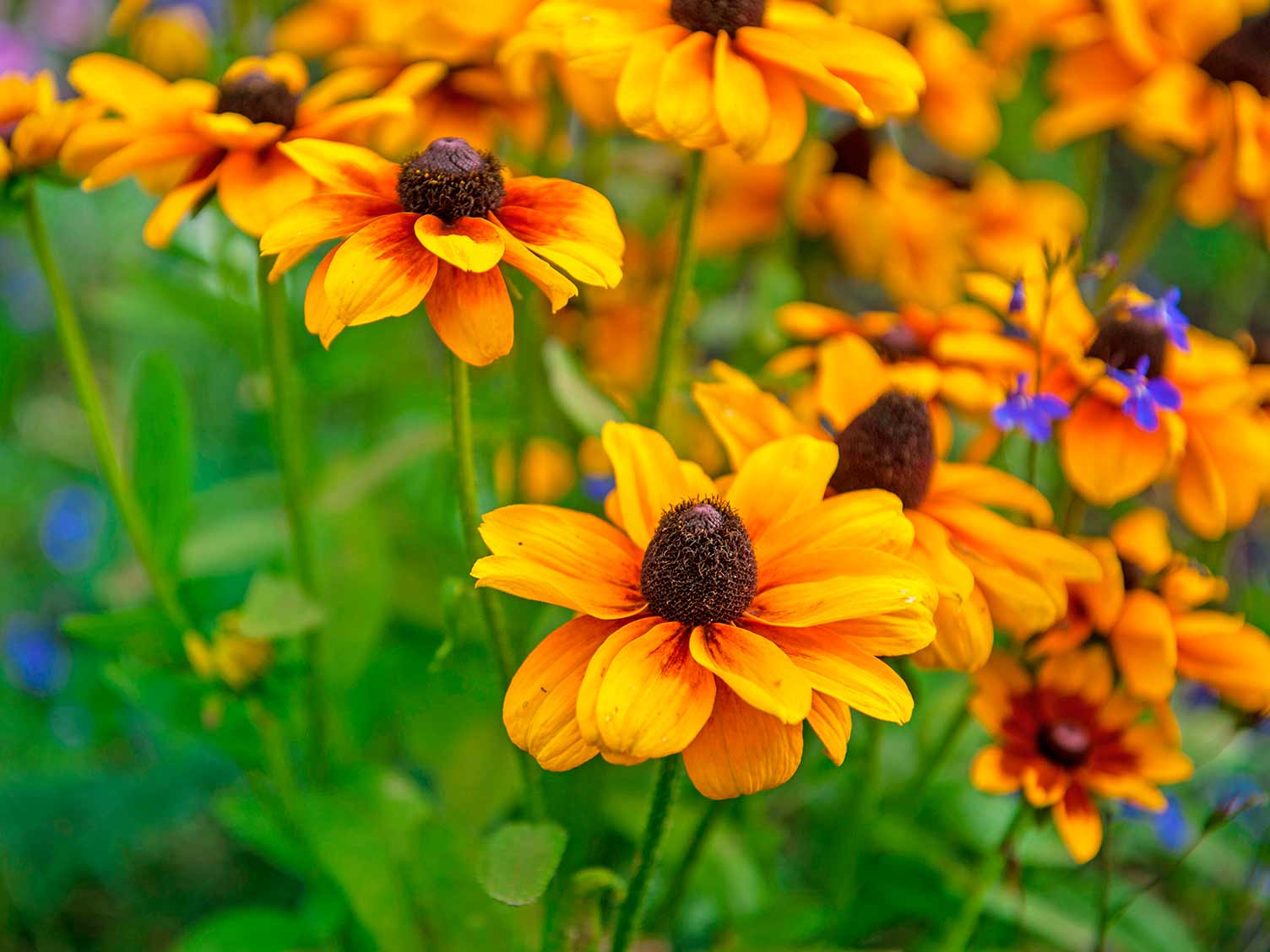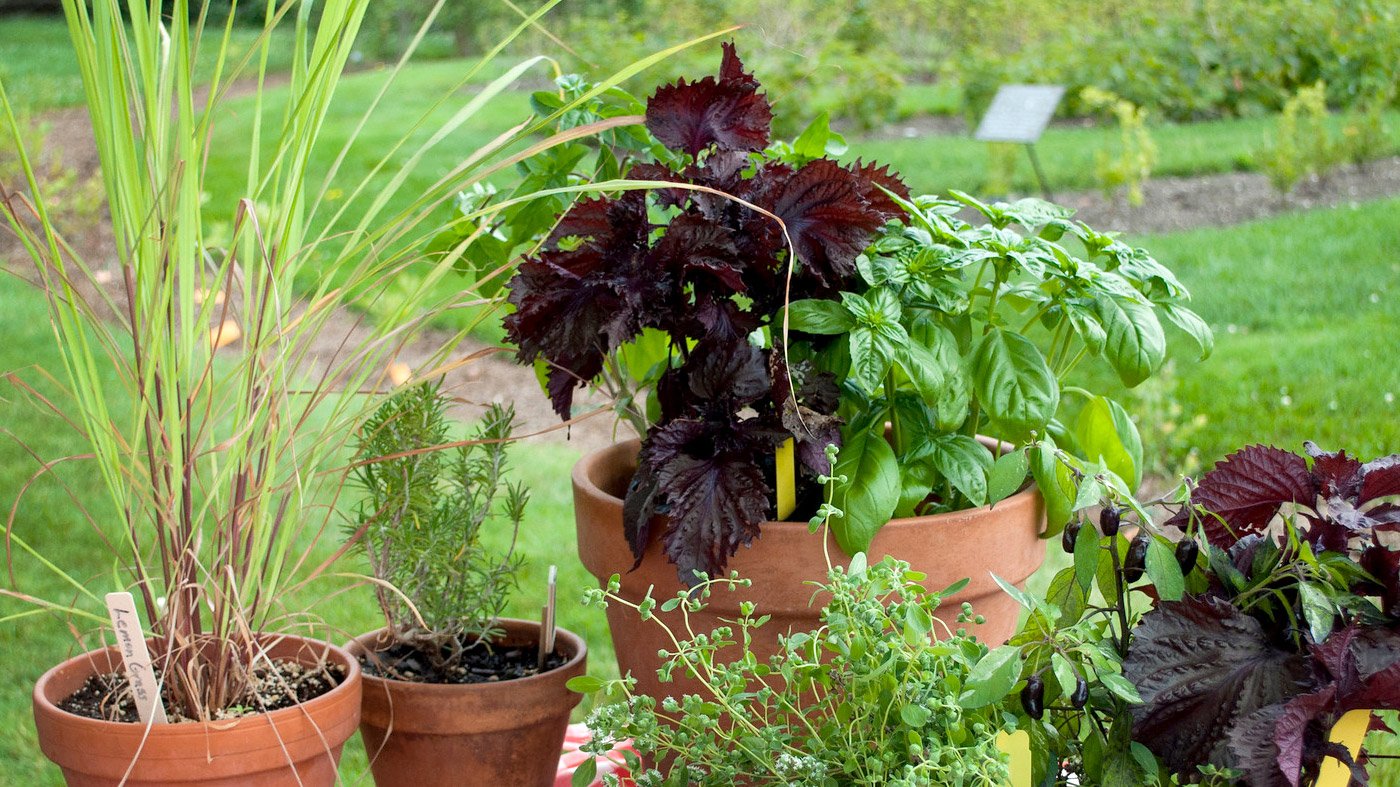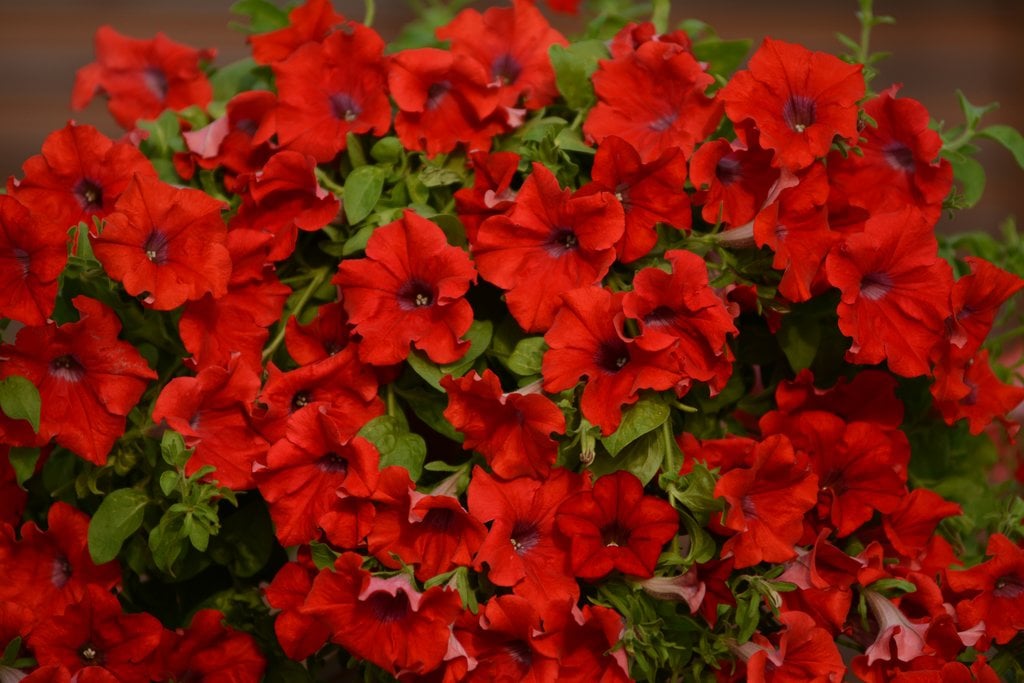How to Grow and Care for Agave Succulents
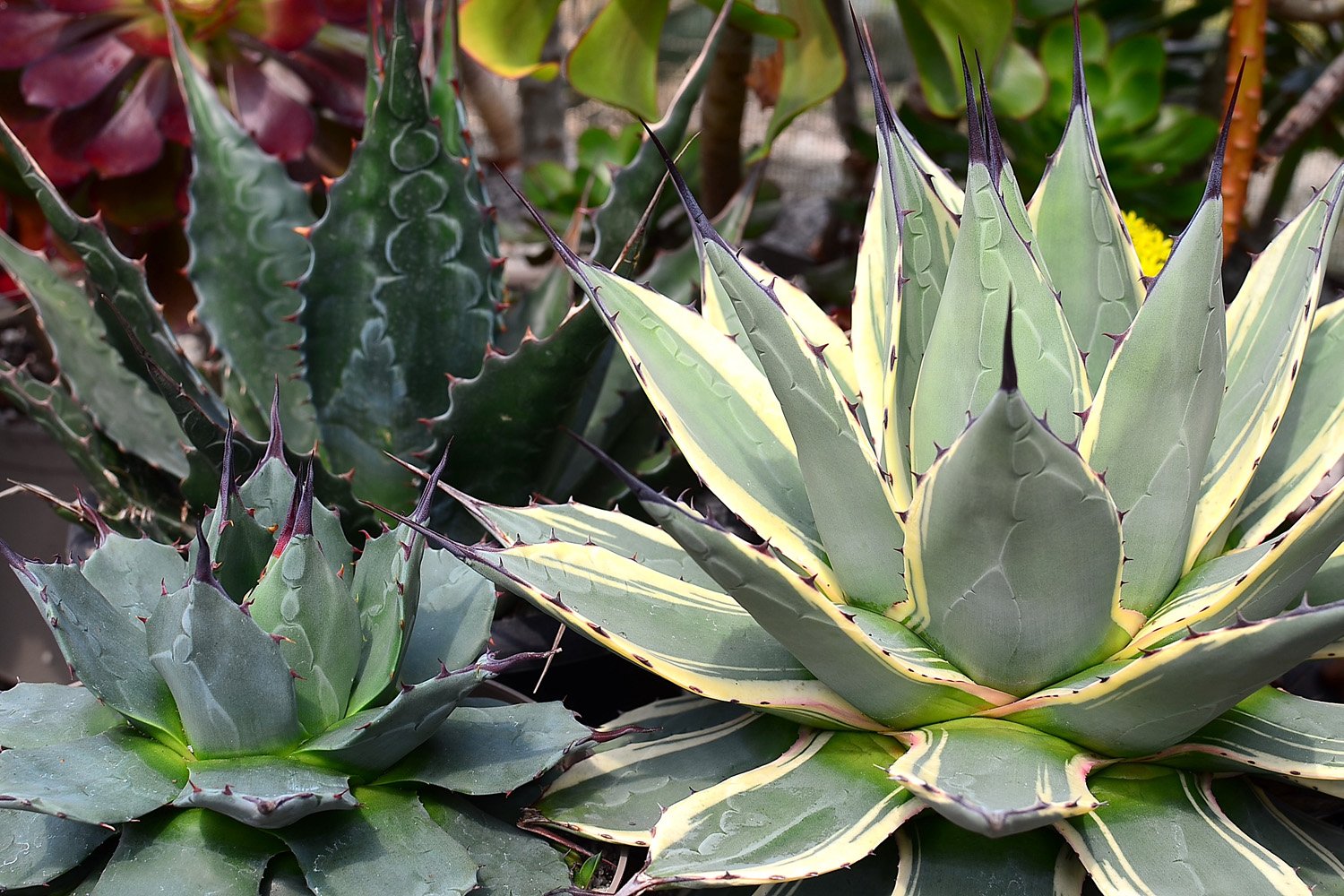
Table of Contents
Agave is a succulent that is native to North America, Central America, and South America. They are called succulents because they store moisture from rain and dew and store it in their leaves and roots. There are lots of varieties and 250 species in the agave genus.
The agave plant is a perennial plant that generally grows up to 1 to 20 feet tall and 1 to 10 feet wide; the size depends on the variety. They have sharp and point-edged leaves that look like thorns, but some species have soft leaves with no spine. Green, yellow, and white are the colour of the agave plant. It is well-grown in rocky, sandy, and well-drained soil and needs complete sun exposure. It is monocarpic, which means it blooms only once in its lifetime and then dies; the bloom time differs according to the varieties.
Mostly seen in hot and arid regions. Agaves get to adapt to the arid habitat by utilizing a photosynthetic pathway called Crassulacean Acid Metabolism (CAM). This means fixing Carbon dioxide at night, which helps maintain the moisture and not lose any water from the stomata during the day.
How to Grow an Agave Plant?
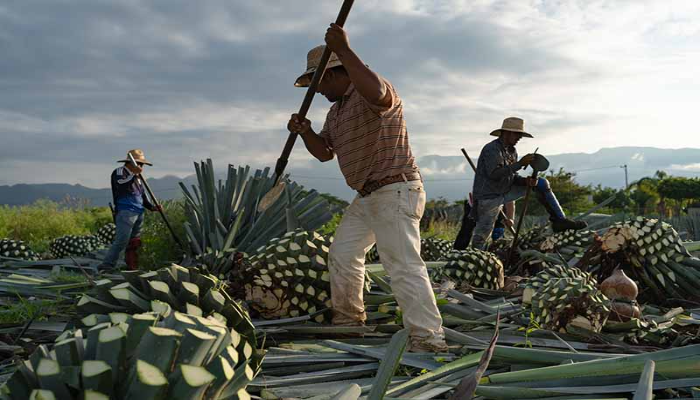
It is easy to grow an agave plant, and they are perennial plants, so they take many years to flower. The seedling of the agave plant will grow in a week. We will see how to grow agave from seeds and how to grow during winter. Fill the container with well-drained soil.
- Make sure the container has one or two drainage holes.
- Start mixing the seed and spread their seeds above the soil
- Moist the soil with a minimum amount of water just for the seedling to grow.
- Cover the container with a plastic wrap.
- Place the container in a spot at a warm temperature with bright and indirect sunlight.
- If the zone is suitable for the agave to plant, the seedling will grow in a week. After removing the plastic cover, you will notice small seedlings.
- Now place the agave plant to direct sunlight or in the greenhouse and let them grow.
- Keep in mind to water them frequently but do not overwater them because they will damage the roots.
During winter, keep the agave plant indoors, especially when they are grown outside the hardy zones. Make sure you bring them into the greenhouse before any frost. Place them in the brightest spot for growth during winter. During winters, waterless amounts just to keep the leaves plump enough.
Tips for Agave Plant Care
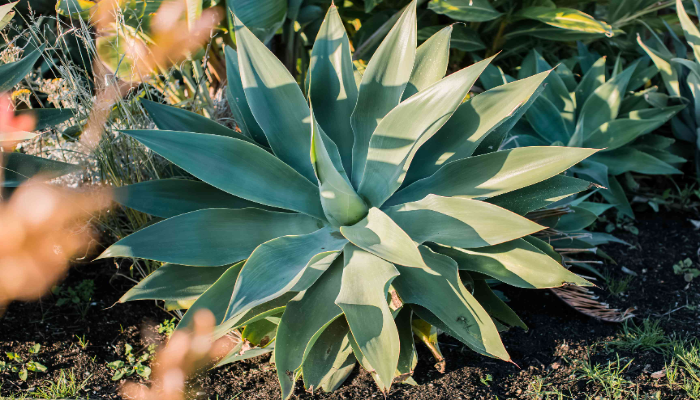
1. Location
The location factor is very important when caring for agave plants. It needs complete exposure to the sun. They are sun-loving plants and need a bright space to grow. It is better to plant them in a place with full or partial sun. When choosing the agave plant, consider the climate and temperature of the location. The agave plant will grow in arid regions and are adapted to hot, dry conditions.
2. Watering
Watering is the most important aspect of caring for the agave plant. Though agave plant is a drought-tolerant plants and can survive without water, they still need water to grow and remain healthy. While watering, an important thing to keep in mind is not to overwater the plant. Overwatering of plants can cause damage to roots, the water will be stagnant in the soil, and the root may rot. Water frequently during the summer season but still do not overwater. Give some time between watering the plants.
3. Soil
Soil is an important factor to consider when caring for an agave plant. They prefer well-drained soil that is not too dense or compact because they are adapted to arid regions. It is important to avoid soil that retains too much water because it may cause damage to the root, and the root will rot. Choose soil rich in nutrients. The agave plant needs a variety of nutrients to grow and remain healthy. Use soil compost used for cacti and other succulents.
4. Fertilization
Fertilization for caring for an agave plant is important though they are adapted to grow in nutrient-poor soil conditions. They still need fertilizers to grow and be healthy for their flowering period. While choosing fertilizers for agave plants, use a fertilizer with high phosphorous content which supports flowering. It will be best to use the fertilizer during the month of summer or spring, which is when they flower. Apply the slow-release fertilizer directly to the soil or mix it with water and spray it.
5. Pruning
Agave plant is low-maintenance and does not require pruning, but other plants do. One main reason for pruning the agave plant is to remove the dead leaves, and as they age, the lower leaves will die. You can clean and cut them off with sharp knives or with pruning shears to make them look neat. But be cautious while cleaning because the agave plant leaves are sharp and be cause injury during the process, so wear gloves and use a very sharp knife for a clean cut.
6. Propagation
Propagation is the best way to increase the number of agaves in the garden. The agave plant will produce pups at the base of the mother plant, cut the pups once they are grown to a reasonable size, and make sure the root is intact. After a few days, when the roots have dried, place them in a well-draining potting mix. Agave plants can be propagated by seeds, but it is a long process still collect the seed and sow them into well-drained soil. Cut the healthy leaf from the mother plant and cut the surface for the edge to dry, then place it into the well-drained soil.
Types of Agaves Plant
There are more than 200 species in the agave genus and a lot of varieties. We will see some common varieties that are adaptable in the UK.
1. Agave Americana
Agave Americana is the most familiar species in the agave genus. They are native to tropical America. They are called the “Century Plant” because they take a long time to flower. Before the years of flowering, they store and retain the nourishment from the soil, and it depends on the climate also.
The stored nourishment in the fleshy leaves is used for the flowering of the plant. This species was originally cultivated as a portion of emergency food for livestock. Today it is used for manufacturing sugar and syrup.
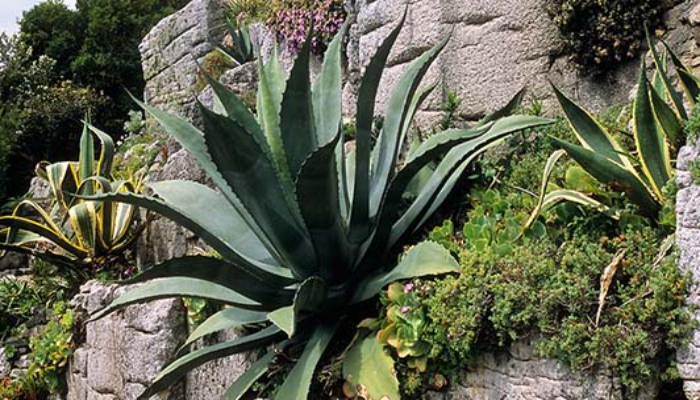
2. Agave Attenuata
Agave Attenuata is native to Mexico, and it is uncommon in its own natural habitat. They are garden plants; unlike other agaves, this plant does not have pointed tips in leaves or spines. This is an ideal plant for the footpath or the pathway.
Attenuata is a succulent and requires less amount of water. The plant, once established, does not require regular maintenance. They grow up to 4 to 5 feet tall and a bit wider. Since they are popular for their spineless features, they are also called foxtail agave.
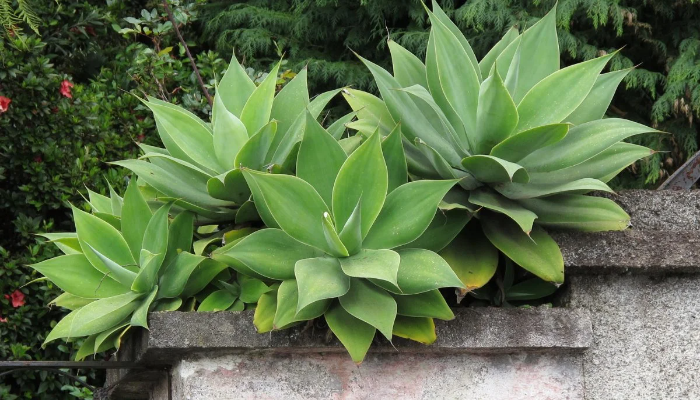
3. Agave Tequilana
Agave Tequilana is native to the Caribbean and some parts of Mexico. They are generally used to make tequila. All the 100 % blue agave tequila is made from Agave Tequilana. Blue agave is different from other species because they are high in fructose compared to others. They are used to make syrup and sweeteners for consumption.
They are attractive garden plants, and they grow up to 6 feet tall and a bit wider. They take nearly 6 to 8 years to flower, while flowering gives yellow blooms.
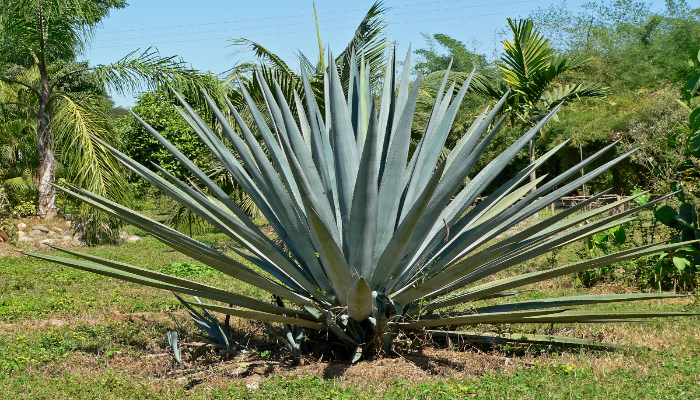
Agave Victoriae-Reginae is composed of short, rigid, and thick leaves in a green pattern with outer white colour. They usually grow up to 0.5 meters and are highly variable in form. They are native to the Mexican States. They do not have pointed teeth, but they have 1 to 3 spines which are 1 to 3 cm in length.
When grown in the garden, best to plant in highly porous, sandy soil and placed in a place with direct sunlight. The plant should be changed to different pots every 2 to 3 years for better growth.
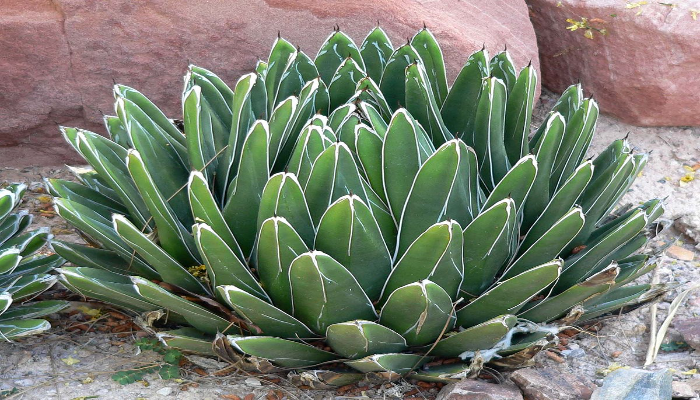
What Are the Uses of Agave Plants?
- The blue agave plant is used as distilled liquor tequila and mezcal.
- They are also used to make sugar syrups and common sugars.
- Light agave has a neutral flavour, amber has a slight caramel flavour, and dark agave has a strong caramel flavour.
- The four parts of the agave plant are its flower, leave, and basal rosette, which can be processed and cooked.
- The agave plants can be installed in the garden for their attractive look.
- Species that have strong fibrous tissues are used for brushes, sandals, nets, sleeping mats, and other similar items.
- In a few species, the stem has carbohydrates before flowering that can be used as the source of mescal alcohol and agave nectar.
Final Words
Growing and caring for agave plants is not a difficult task, but there are certain factors to be considered seriously. As we know, agave plant thrives in hot and arid conditions. Caring for them with proper sunlight exposure, placing them a well-drained soil, watering them enough, and keeping them at the proper temperature is a must. The agave plant varieties have different colours, which will make the garden look eyes pleasing when planted. By using the help of the above guide, plant some agaves in the garden and see them thriving for years in the space.
It can be grown in containers, indoors, and inside the greenhouse. Use cactus compost to grow agave in a container. This plant will take many years to mature and bloom. Thus, it is a perennial plant with one life. Agaves do not like fertile soil, specifically if they are moist and they do not grow in shades.
Most agaves grow pups – the young plants as runners. Agave will take up the garden if the pups are not removed because it grows as runners widely. The plants have a hardiness of 5 to 11 in the USA and the UK. Few species contain components in their juice that can cause dermatitis for some people.

![Pelargonium Citrosum ‘Citronella’ Plant [Growing and Caring Tips]](https://staging.thearches.co.uk/wp-content/uploads/Pelargonium-Citrosum-Citronella-Plant.jpeg)
